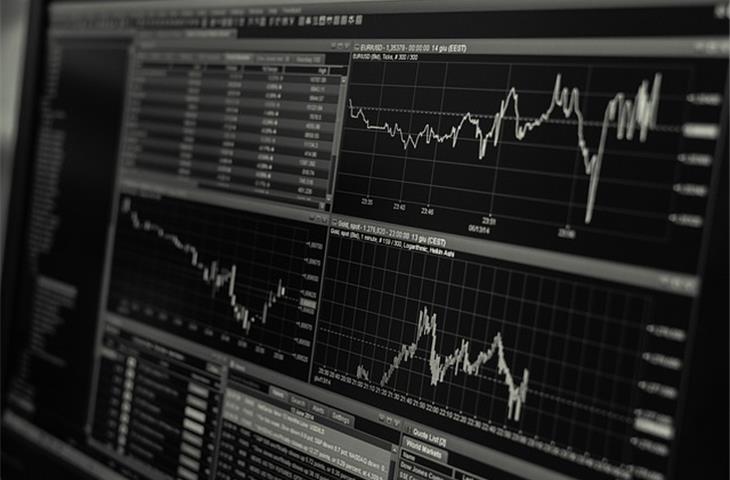Presently, the dynamic interplay between the Japanese yen and the Indian rupee profoundly captures the attention of those entangled in international commerce, tourism, and investment affairs. These fluctuating values drastically affect financial engagements and strategic designations. In aim to offer lucid perspectives, let us scrutinize four pivotal facets of this exchange rate, proffering guidance and pragmatic insights for those impacted by the prevailing Japanese yen to rupee conversion rate today.
Firstly, comprehending the Present Rate.

The corroboration between the Japanese yen and the Indian rupee constitutes a flexible indicator signifying the economic conditions of both nations. The contemporary rate is swayed by numerous factors like inflation, interest levels, and political steadfastness. By grasping the present rate, individuals and corporations can instigate more enlightened fiscal choices.
Subsequently, a Historical Perspective of Rates.

Examining the historical archive of the Japanese yen to rupee conversion rate can furnish insightful knowledge about enduring trends and prospective future alterations. Comparative analysis of past rates can aid in discerning the correlation between economic metrics and exchange rate fluctuations.
Thirdly, Implications on International Trade.

The exchange rate between the Japanese yen and the Indian rupee directly influences international trade. A beneficial rate can render imports from Japan more accessible for Indian consumers and enterprises, whereas an unfavourable one can escalate costs and potentially curtail trade volumes.
Lastly, Investment Prospects and Risks.
Investors frequently contemplate currency exchange rates when formulating investment strategies. The Japanese yen to rupee conversion rate can present investment prospects, notably in sectors profiting from a weakened yen, such as tourism and retail. Nevertheless, it also introduces risks, particularly for those invested in industries heavily reliant on imports from Japan.
Let us now delve deeper into these aspects:
Comprehending the Present Rate.
The current exchange rate between the Japanese yen and the Indian rupee approximates 1 yen = 0.55 rupees. This rate can be influenced by diverse factors, encompassing the Japanese central bank's monetary strategy, economic expansion in Japan, and global financial market tendencies. It's imperative for individuals and corporations to remain abreast of the current rate to circumvent financial losses and seize potential opportunities.
Secondly, a Historical Perspective of Rates.
Throughout the last decade, the exchange rate between the Japanese yen and the Indian rupee has exhibited substantial fluctuations. In 2011, the rate hovered around 1 yen = 0.50 rupees, whilst in 2021, it ascended to approximately 1 yen = 0.60 rupees. By scrutinizing these historical trends, we can discern epochs of strength and weakness in the yen, which can assist in predicting future movements.
Thirdly, Implications on International Trade.
A depreciated yen can favour Indian importers, as it renders Japanese commodities more affordable. Conversely, a strengthened yen can elevate import prices from Japan, potentially leading to elevated costs for Indian consumers and enterprises. Furthermore, fluctuations in the exchange rate can influence trade volumes, as certain businesses might opt for alternative suppliers to mitigate the risk of escalating costs.
Lastly, Investment Prospects and Risks.
Investors can capitalise on the Japanese yen to rupee conversion rate by investing in sectors benefitting from a weakened yen, such as tourism and retail. For instance, a weakened yen can render travel to Japan more affordable for Indian tourists, stimulating augmented tourist expenditure and profits for local businesses. However, investors must also acknowledge the risks associated with currency exchange rate volatility, as it can result in considerable losses if not managed judiciously.
In summation, the current exchange rate between the Japanese yen and the Indian rupee is a critical determinant for those engaged in international trade, tourism, and investment. By comprehending the current rate, scrutinising historical trends, and contemplating the implications on trade and investment, individuals and corporations can instigate more enlightened fiscal decisions. As the exchange rate continues to fluctuate, remaining informed and adaptive will be paramount to navigating the intricate realm of currency exchange.
